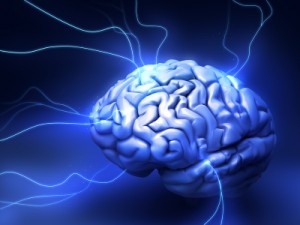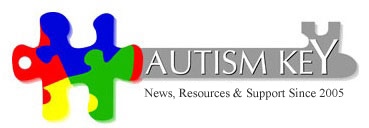Shock Treatment for Children with Autism?

According
to the Washington Post, Electroconvulsive
Therapy Machines (ECT) will soon be required to undergo the same rigorous
testing as other medical equipment currently on the market.
A 1974 law mandating the
close scrutiny of new medical devices allowed ECT to be grandfathered in and
escape scrutiny. Now, this momentous
decision will have far-reaching consequences for ECT use in the future,
particularly when it applies to those with autism.
As a treatment for severe depression and other mental disorders, ECT or ¨Shock Treatment,¨
as it is commonly referred to, delivers an electrical current to the brain,
which induces a seizure. This
seizure causes the patient to temporarily lose consciousness.
Scientists don’t understand why the clinically-induced seizures relieve
psychiatric symptoms in some patients, though they think it that it is somehow
linked with the brain’s neurotransmitters.
Like chemotherapy, the patient must adhere to a maintenance schedule of further
treatments.
Serious memory loss is a big side-effect of ECT.
Others report hallucinations and the inability to engage in creative
activities they once enjoyed. Proponents
describe the therapy as life saving, while others contend it is barbaric and unconscionable,
sending medical science back to the Middle Ages.
ECT has been around for seventy years but recently has been used to treat
children with autism, particularly those who are self-injurious.
Apparently, in some cases, incidents of self-harm by these children are
significantly reduced by ECT therapy.
Parents of children who injure themselves most likely turn to ECT treatment as a
last resort and are understandably relieved to see their child’s self
destructive behaviors diminished. However,
no studies have been done on the long-term effects of ECT use on children with
autism, and that remains a major concern. Certainly,
using it in extreme cases should not open the door to more widespread autism
applications.
But one of several medical abstracts (¨Could
ECT Be Effective in Autism?¨2004), reveals a wistfulness in the medical
community to do just that:
There are recent speculations that certain types of autism may be the earliest
expression of catatonia and that both disorders have identical risk factors.
Therefore, ECT may improve autism and, if started early enough, may prevent
further development of autistic symptoms in some children.
The study goes on to say that no assessments of the use of ECT in children have
been done since the 1940´s when it was decreed safe and effective for people of
all ages, and the prejudice against it is the biggest obstacle that must be
overcome.
Fortunately, the FDA mandating a complete review of ECT machines will help put
on the brakes on their widespread use before discovering the potential long-term
ramifications.

